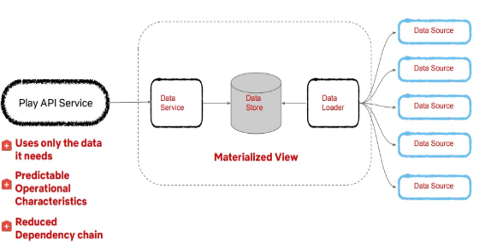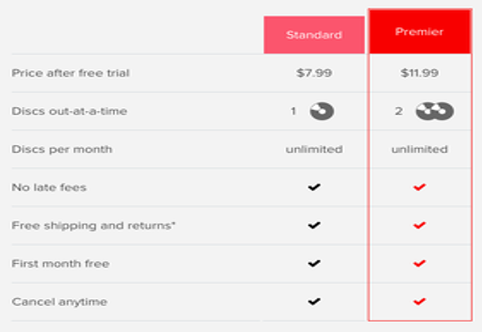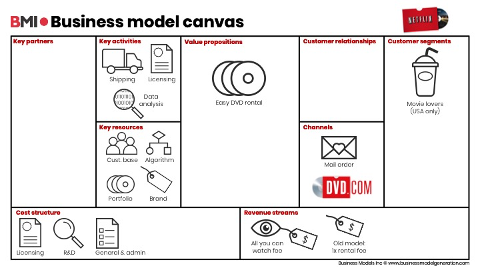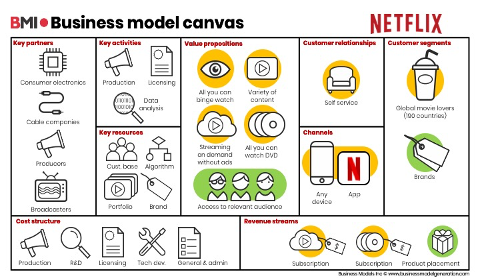MARKET
Netflix is an important example of a company that changed their business model and grew exponentially thanks of that. They started with a DVD rental delivery service in US and than they decided to shift to delivering on-demand contents via internet in all the world.
The initial business model of Netflix
When software engineers Reed Hastings and Marc Rudolph founded Netflix in 1997, video rental stores dominated the home entertainment market. They were frustrated because of the customers high fees for late returns. They saw an opportunity to do rentals differently and Netflix started to ship DVDs by mail in April 1998. It was a big challenge in the video-renting market because the VHS dominated the place and only few Americans had a DVD player at that time. Hastings and Rudolph thought if the owners of a DVD player in USA had increased, they would have had a good business. Their vision was right: the revenue from DVD rentals and sales flattens out at around $24 billion in 2006.
From renting DVDs to a subscription model
The first business model was to let people rent videos by selecting it online and having it delivered by mail. After some years, Netflix introduced a subscription model, where customers could rent DVD’s online for a fixed fee per month. Nearly a decade later, they changed their proposition to a streaming service, which changed the way millions of people spend their free time.
The ability to “look as an outsider”
One of the most important reasons thanks to which Netflix revenue grew so much is because the founders had the ability to “look as an outsider” at their business model. They combined several building blocks, by always looking for new ways to solve problems for many customers.
For example, in 2007 they saw that the DVD rental business was not profitable enough anymore: people not only want to rent videos, they also want to pay for a large and user-friendly offering. They provided the change and launched one of the most important streaming service in the world.
In the following figures, it is illustrated how Netflix’s business model building blocks evolve from past.






